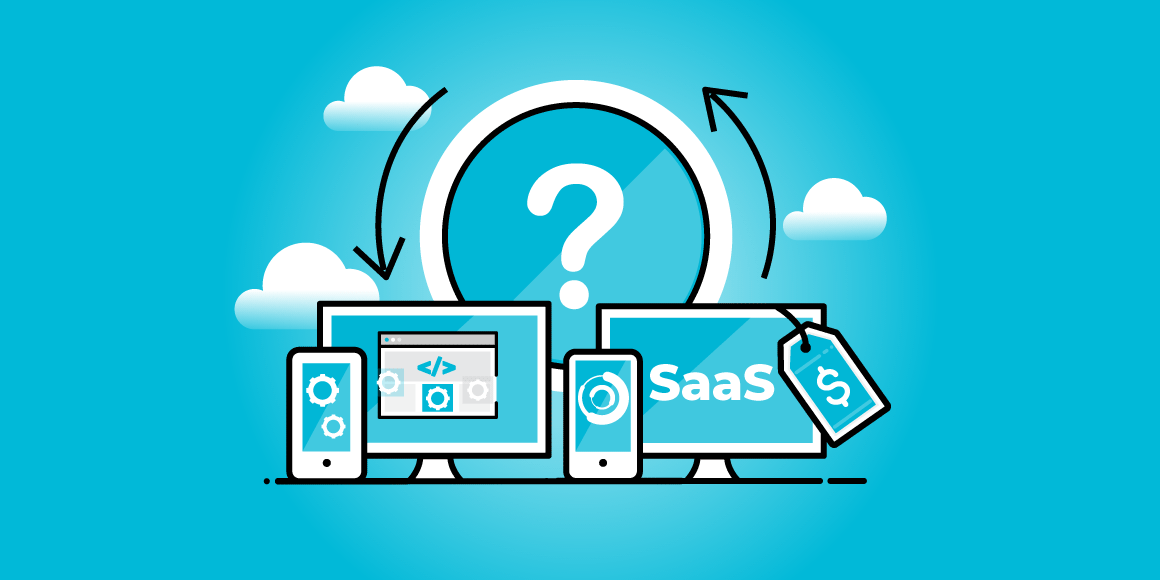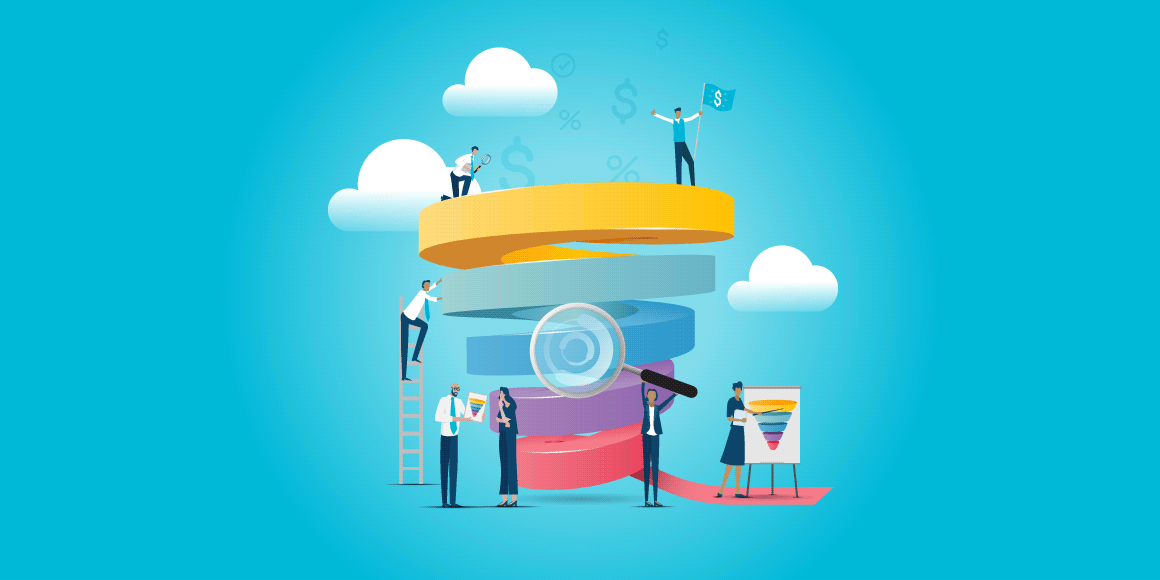Channel incentive platforms are now a staple of the sales process, whether vendor organizations are ready for them or not. As indirect sales become a critical component to reach business growth goals, your company will be faced with a tough question: Is it more effective to build or buy a channel incentives management platform?
For most, the answer is not “if” to replace a legacy incentives process with an automated platform, but how. This is where the build vs. buy dilemma takes center stage. To find a solution, it’s important to look at the key considerations of the build vs. buy argument.
How much will it cost to build vs. buy a channel incentives management platform?
Cost is always a major consideration, but it’s one that doesn’t fit neatly into the pro or con perspective. All sales incentive platforms come with a price tag with a tradeoff of less overhead spent on development.
For most vendors, it comes down to the initial cost to purchase a SaaS solution compared to the overall cost of man hours needed for professional developers to write the code in-house. Larger businesses with in-house software development teams may be able to efficiently create channel solutions that are custom built to their specific needs without having to outsource automation. But this usually means hiring expert developers or sacrificing other technology priorities as resources get reassigned.
There are also costs associated with lost business over the course of the years it takes to build and launch a platform. According to Deloitte, the decision itself takes anywhere from 3-9 months, and if deciding to build, that number increases by years, not months. Hidden costs due to development delays can also result in negative customer feedback or even lost revenue. This is in addition to ongoing maintenance, security costs, and a hefty data storage bill, while these costs are typically included in the price of buying SaaS software.
If you know it will take more time and money to build an incentives platform in-house without a necessary guarantee of improved productivity and ROI, you already have your answer. But if cost alone doesn’t provide a clear path forward, there are other factors you can consider in the debate.
What are the pros and cons of buying a channel management platform?
There several reasons the SaaS model is defeating traditional sales incentive approaches:
- Predictability – SaaS reduces the burden of up-front and long-term cost with a predictable, distributed fee-based model that can be spread evenly throughout the year.
- Scalability – SaaS allows providers to easily upgrade and downgrade solutions based on needs, and users can be added or removed as needed.
- Growth – Upgrades, support, and on-going maintenance are outsourced, leaving internal teams time to focus on running the business, building programs to address partner needs, and creating new growth opportunities.
- Speed – Even SaaS models that don’t completely run “out of the box” and need to be further customized can save time in development and time to market, allowing for faster partner enablement.
- Expertise – Channel software provider deliver soft benefits like understanding where new features should be added based on collective feedback from other users of their platform.
- Security – Obtaining security certifications such as ISO27001, ISO9001, SOC 1, and SOC 2 for custom-built solutions is time consuming, whereas modern SaaS platforms are architected with security by design.
- Compliance – From QA testing and troubleshooting, upgrades or maintenance, and bug fixes, SaaS offers maintenance and compliance with built-in frameworks for data regulations like GDPR.
Of course, the SaaS model has its limitations, which means vendors who need customized solutions may struggle to optimize their purchased software. The need for personalization favors the build model in a few ways:
- Control – Full governance over data and associated requirements.
- Customization – Designing a custom platform to fit your specific needs
- Collaboration – Custom-built software solutions offer capabilities to better engage partners, allowing them to be in frequent collaboration and help grow the business.
- Single vendor – Adding more SaaS vendors can cause ecosystem overload, whereas building gives a single-vendor view, if the systems aren’t siloed.
- Integration – Deeply integrated solutions can be a competitive advantage if developed, deployed, and maintained correctly.
If costs aren’t an immediate decision-maker, then your business likely has channel management needs that go beyond the basics, and you need a level of customization, flexibility, and scalability you haven’t found in many SaaS solutions. In which case, you will need to consider timing, scalability, and level of support offered through a SaaS provider compared to your in-house capabilities.
How do you settle the build vs. buy debate?
Unless you have a team of developers who can support a custom-built solution, the ideal outcome is to find a single-vendor SaaS channel incentives management platform that offers the benefits of a personalized and collaborative ecosystem. SaaS providers with strong ecosystems use incentives across the collective parts of the deal to deliver more value for influencers, referrals, MSPs, ISVs, partners etc. Investing in solutions that help manage these capabilities, activities, and data supports the channel partner journey, and can result in greater success.
To answer the build vs. buy question, first look for automated solutions that enable you to run all your partner programs and promotions from a single platform with features that are adaptable, customizable, and scalable to support your unique business needs.
Check out this short video to understand how to avoid common pitfalls when it comes to building vs. buying:
Interested in learning more? Here’s an in-depth guide for managing successful channel incentives that increase partner engagement and motivation.





%20copy%205.png)
